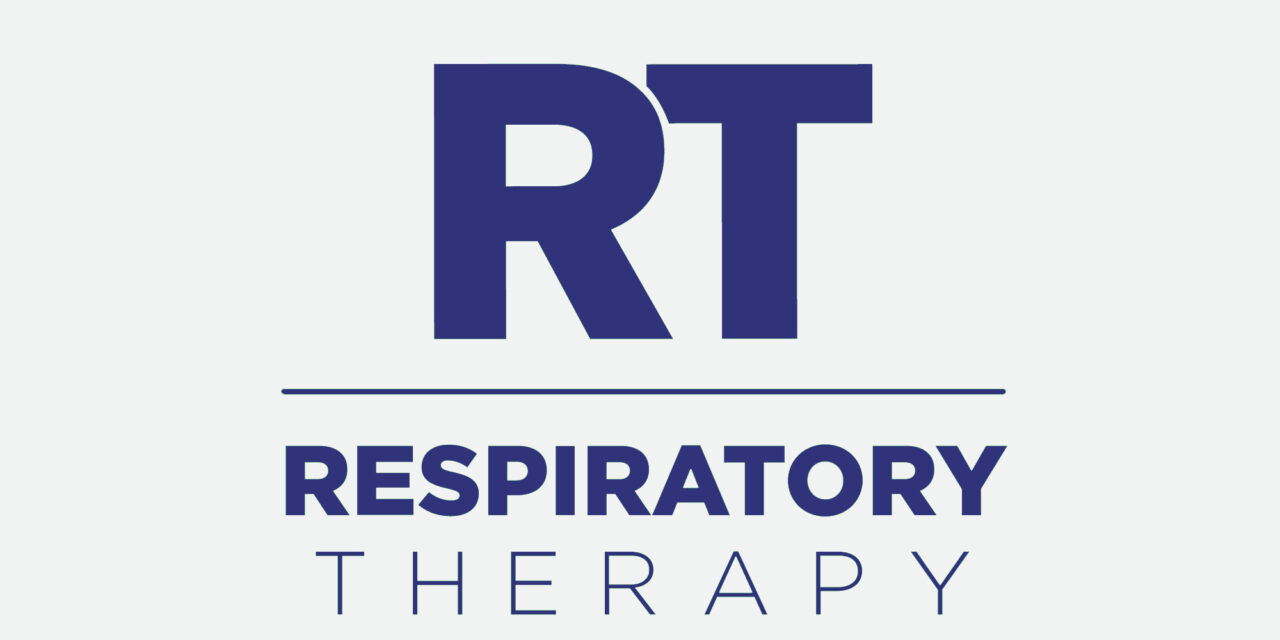I was fortunate to be able to see and hear firsthand the great progress that is being made in pediatric respiratory care at the AARC 50th Anniversary Congress in December.
By Marian Benjamin
I was fortunate to be able to see and hear firsthand the great progress that is being made in pediatric respiratory care at the AARC 50th Anniversary Congress in December. Two open forums and several sessions were devoted to strategies and developments in pediatric care. The exhibit hall was full of devices that have been developed just for children and infants. Although noninvasive neonatal monitoring devices have been, for the most part, adaptations of those developed for adults, research and development teams are now introducing monitoring equipment designed exclusively for neonates, and I saw a demonstration of a CPAP device especially developed for the smallest, most at-risk neonates, some weighing less than 500 grams. I was impressed with this concern for children, and, so, I am pleased that this month’s issue focuses on children and ways in which respiratory care professionals can impact the future of our youngest citizens who have compromised respiratory systems.

As I was doing background research on the topic of childhood respiratory ailments, I was surprised to learn that cystic fibrosis (CF) is the most common fatal, inherited disease in the United States. According to the Cystic Fibrosis Foundation, approximately 30,000 Americans have CF, and every year 2,500 babies are born with CF.1
There are a variety of treatments for lung problems associated with CF: antibiotics and other medication, exercise, physical therapy for airway clearance, and lung transplantation among them. The Cystic Fibrosis Foundation stresses airway clearance, which, we learn inside, can be accomplished using several methods.
Asthma, too, is prevalent among children, affecting approximately 6.1 million youngsters under 18 years of age.2 According to the American Lung Association, it accounts for more than 600,000 pediatric emergency department visits and 14.5 million lost school days. It can be life-threatening if not properly managed, and the risk of death is exacerbated in adolescents because they have been found, in some cases, to underestimate the severity of the episode. Management of asthma requires frequent assessment of the symptoms of the disease, but this disparity between symptom perception and actual severity makes such assessment difficult. Clinicians at Brown University may have devised a way to overcome this difficulty with the Asthma Risk Grid.3
New developments in respiratory care mean better outcomes, fewer emergency department visits, and lower medical costs. One component in treatment, however, is often overlooked. That component is knowledge of childhood developmental milestones. How does treatment of toddlers differ from that of preschoolers? How can practitioners manage often-noncompliant adolescents? We provide some insight into the minds of these young patients.
Pediatric respiratory care can be fun and rewarding, and the future looks bright. I am delighted to be able to participate—even if only in a small way.
RT
Marian Benjamin is the former editor of RT. For more information, contact [email protected].
References
1. Pulmonology Channel. Available at: www.pulmonarychannel.com/cf/. Accessed December 2, 2004.
2. Asthma & Children Fact Sheet June 2004. American Lung Association. Available at: www.lungusa.org/site/pp.asp?c=dvLUK90E&b=44352. Accessed December 2, 2004.
3. Klein RB, Walders N, McQuaid EL, Adams S, Yaros D, Fritz GK. The Asthma Risk Grid: clinical interpretation of symptom perception. Allergy Asthma Proc. 2004;25(1):1-6.









